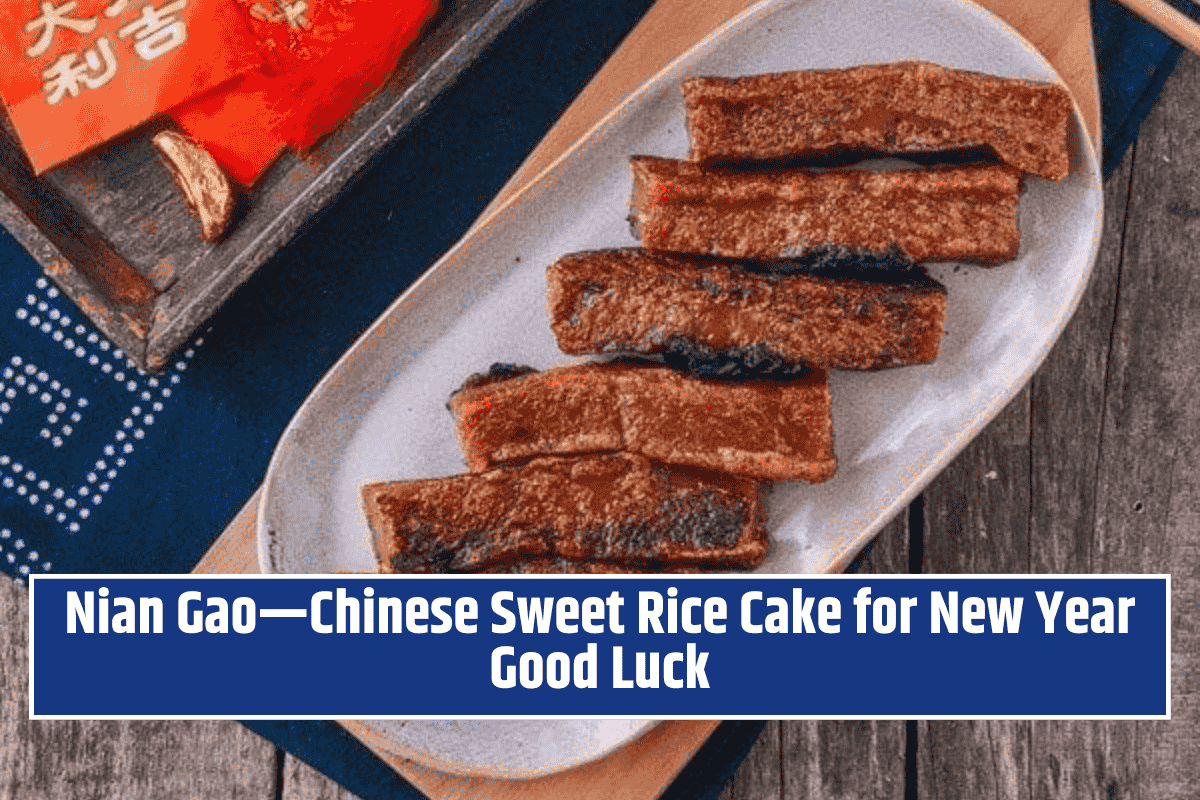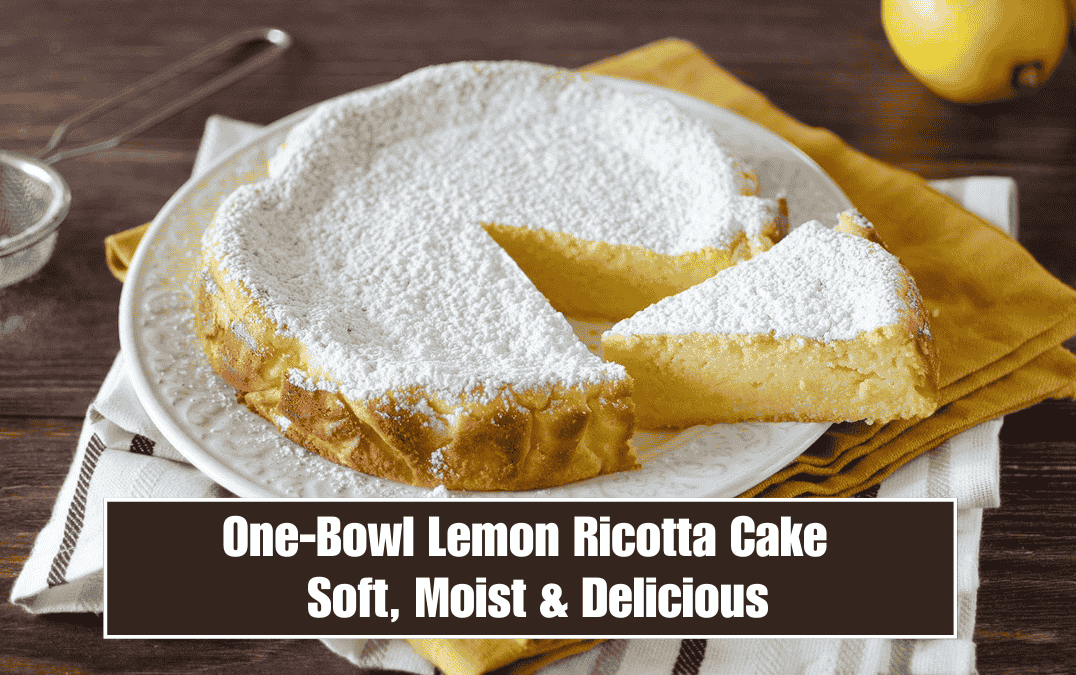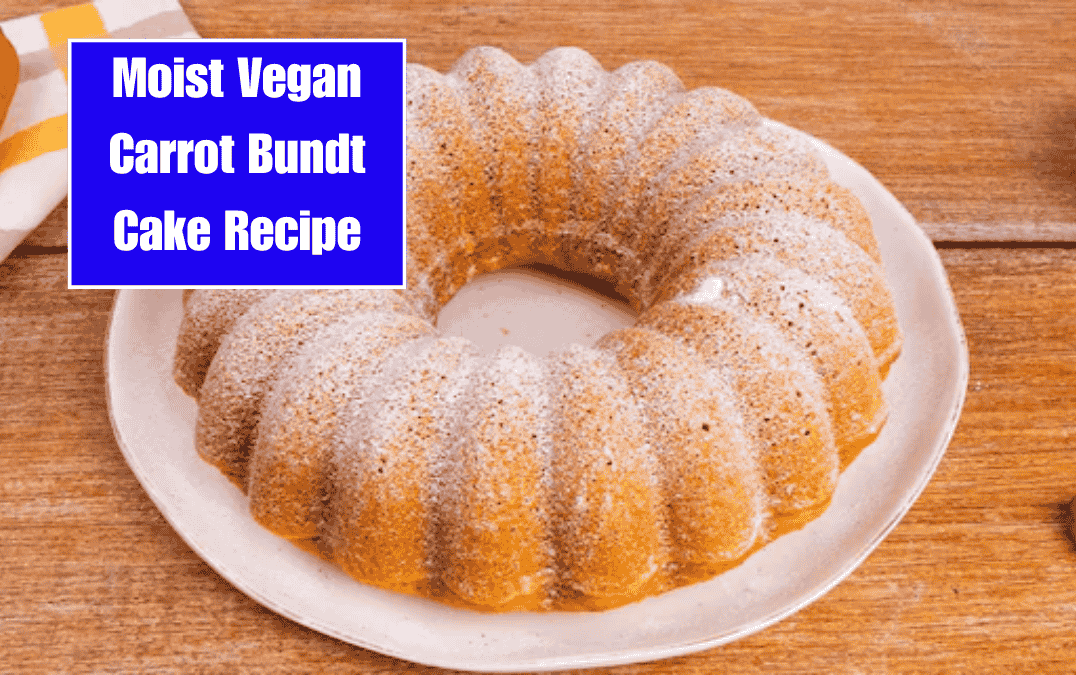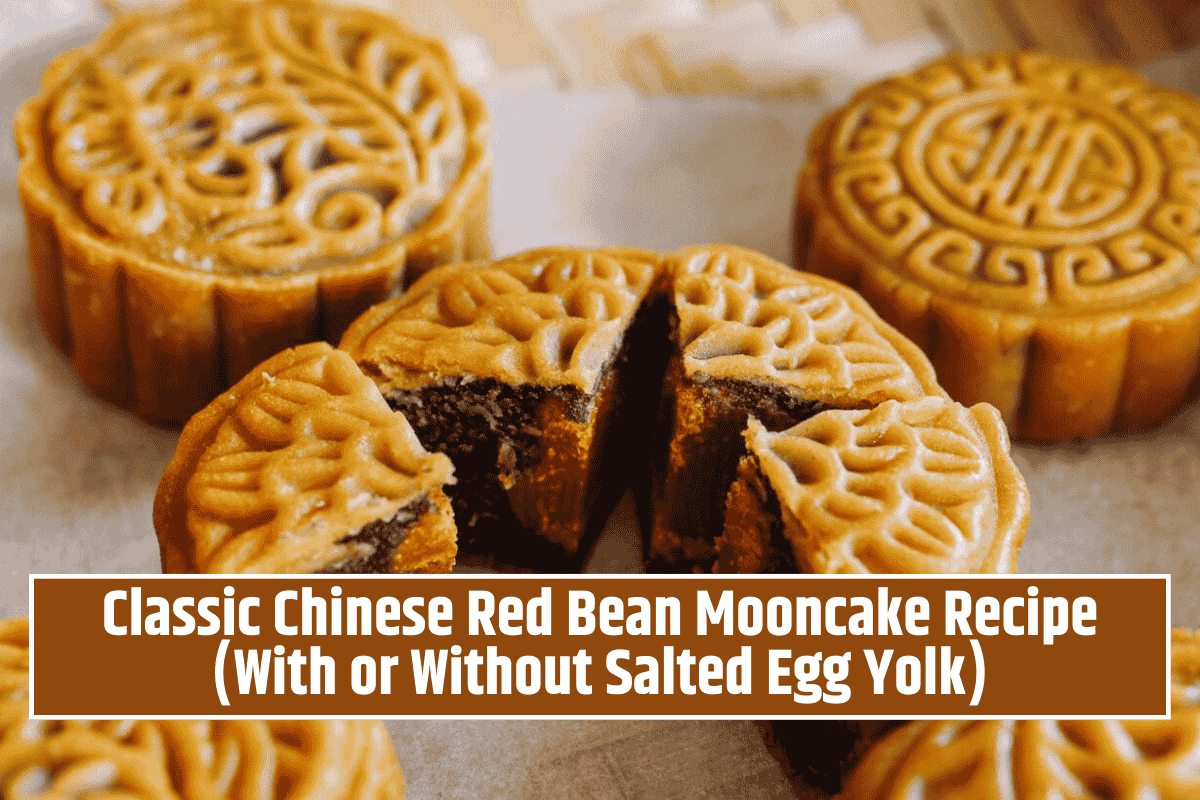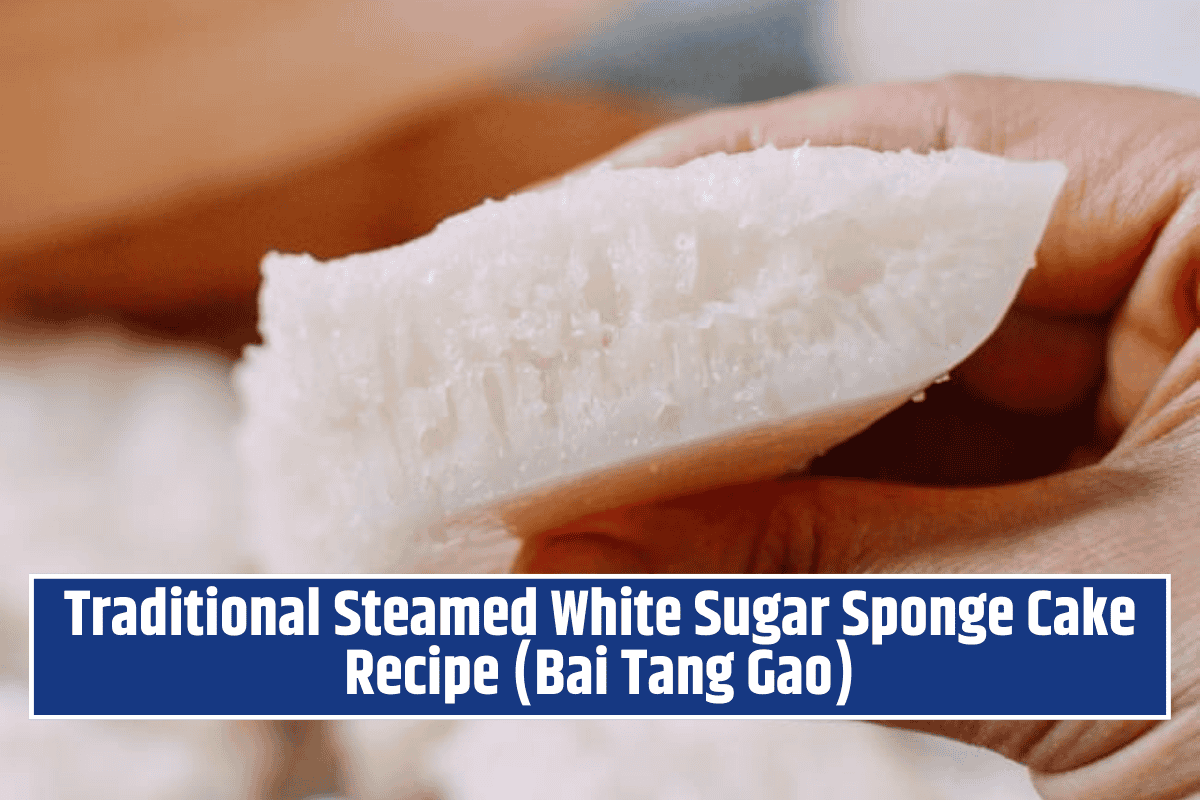Nian Gao (年糕), also called Chinese New Year Sweet Rice Cake, is a traditional dish made during the Lunar New Year. In Chinese, the word “nian gao” sounds like “higher year” (年高), which symbolises progress, growth, and a better year ahead. That’s why this cake is not only delicious but also considered lucky!
It’s soft, sticky, and slightly sweet, often flavoured with brown sugar, ginger, molasses, and a hint of orange zest. People enjoy it steamed, then sliced and pan-fried, or just eaten as is. It’s also a thoughtful gift when visiting family during the festive season.
Let’s learn how to make this beautiful, symbolic dessert step-by-step.
Ingredients You’ll Need
- 2 teaspoons vegetable oil (plus extra for greasing pans)
- 3½ to 4 cups water (adjust based on your local humidity)
- 4 slices fresh ginger
- 2 cups dark brown sugar or brown rock sugar
- ½ teaspoon allspice powder
- 1½ pounds (about 675g) glutinous rice flour
- ½ pound (about 225g) regular rice flour
- 1 tablespoon vanilla extract
- 1 tablespoon dark molasses
- Zest of 1 large orange
- 6 dried dates (optional, for decoration)
How to Make Sweet Nian Gao Cake
Step 1: Prepare the Baking Pans
Lightly grease two 8-inch round cake pans using vegetable oil.
Step 2: Make the Flavoured Water
In a medium pot, add 2 cups of water and the ginger slices. Bring to a boil, then simmer for 10 minutes on low-medium heat with the lid on. After that, turn off the heat. Stir in brown sugar and allspice until fully dissolved. Remove the ginger slices.
Add 1½ cups of cold water to the pot to cool the mixture. It should be warm—not hot.
Step 3: Mix the Batter
In a large bowl, combine glutinous rice flour and regular rice flour. Slowly pour in the sugar-ginger water while mixing. Stir well until the batter is smooth and free of lumps.
Add vanilla extract, molasses, orange zest, and 2 teaspoons of vegetable oil. Mix again. The batter should be thick but pourable—like condensed milk. If it feels too thick, add water little by little until you reach the right consistency.
Step 4: Fill the Pans
Pour the batter evenly into the two greased pans. Tap the pans lightly on the countertop to remove air bubbles. If you like, place 3 dried dates in the centre of each cake for decoration.
Step 5: Steam the Cakes
Place the pans in a bamboo steamer over boiling water. Steam on high heat for about 1 hour. Be careful—the water should not touch the bottom of the pans. Add more water to the steamer if needed during cooking.
To check if the cakes are done, insert a toothpick. If it comes out clean, your cakes are ready. Let them cool before removing.
Steaming Tip:
If using a bamboo steamer, make sure it fits your pot perfectly so no steam escapes. You can also use a large covered pot with a rack to place your steamer inside.
Celebrate the New Year with Sweetness and Meaning
Nian Gao is more than just a dessert—it’s a sweet symbol of success, progress, and togetherness. Enjoy it warm, share it with loved ones, or gift it to relatives. Its soft, sticky texture and deep brown sugar flavour will make your celebrations even more special.
FAQs
What does Nian Gao symbolise?
Nian Gao symbolises progress, growth, and success in the new year. The word sounds like ‘higher year’ in Chinese, making it a lucky dessert.
Can I use only glutinous rice flour?
Yes, but mixing in some regular rice flour gives a better texture. If you only use glutinous rice flour, the cake may be more sticky and dense.
Do I need to use a bamboo steamer?
No, you can also use a regular steamer or large pot with a rack. Just make sure the steam stays inside and doesn’t escape.
How should I serve Nian Gao?
You can eat it fresh after steaming or slice and pan-fry it later. It tastes great both ways and can be stored in the fridge or freezer.
How long does Nian Gao last?
Store in the fridge for up to 1 week. For longer storage, freeze it for up to 1 month. Reheat by steaming or pan-frying.

